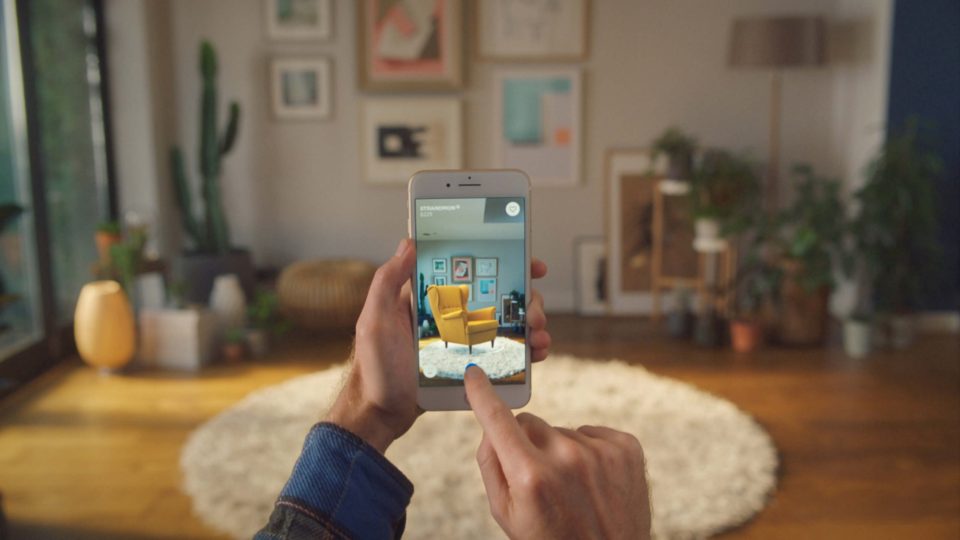Augmented Reality (AR) is a simulated environment created by technology that overlays digital information of nearby items and objects, which are viewed through a device. Eg. Smartphone camera. The total value of the AR market was previously estimated to reach $100 billion by 2020. With the impact of the novel Coronavirus, here we are to discuss Augmented Reality’s uses in day-to-day lives and its scope for the future.
WHAT EXACTLY IT IS
In short, Augmented Reality combines Virtual Reality with reality. The definition of Augmented Reality says that it introduces digital elements in your physical surroundings from tools such as a smartphone camera. On the other hand, Virtual Reality deals with an immersive experience without the presence of the physical world.
APPLICATIONS OF AUGMENTED REALITY (AR)
- E-commerce or Online Shopping
It simulates the market experience for the consumer in the living room itself. The consumer can try to fit in the product in its physical environment of the house and visualize the aesthetics of the product prior to purchase.
- Design and Modeling
It enables the user to visualize the layout of the intended space. This goes a long way in planning and organizing the layouts of cities and vast areas.
- Virtual Classroom
It is a pivotal aspect of education in the new pandemic situation. Applications such as Aurasma provide a classroom interface that students can access through their mobile devices. For instance, students studying Artificial Intelligence may see a fully implemented AI interface and how it is executed; or a geography class could use pictures of the world map to make lessons more practical.
- Entertainment Viz a Viz Online Streaming:
Platforms such as Netflix, Amazon Prime, and online gaming have gained tremendous popularity in recent times. Popular franchises such as Pokemon used AR in Pokemon Go applications, where players can interact with collectable characters depicted in their physical surroundings. This, in turn, has inspired the launch of Harry Potter AR.
ROLE OF AUGMENTED REALITY IN BUSINESS
One of the biggest initial roadblocks faced using AR for marketing and branding purposes was users were ill at ease with AR scenarios, and many times could not fathom what needed to be done. The idea of using AR to actually get the feel of the environment by the user was indeed revolutionary. In actual practice, the user had to download the app to open the AR interface, which was counterproductive. This issue has been resolved with the introduction of Web AR.
Web-based Augmented Reality is an AR experience created within a webpage. It enabled theusers to click/tap on the respective URL for viewing the embedded Augmented Reality interface through a compatible smartphone camera. This eliminated the dependency to launch the AR mode and was more convenient to use.
ADVANTAGES OF AUGMENTED REALITY
In Businesses
- Increase in sales with greater user engagement than regular sales channels.
- ‘Try before you buy’ is the motto.
- Increase in customer convenience.
- The geographical scope was increased.
- Combination of Web-Based models with existing channels for more satisfying user experience.
In Product Packaging
- Digital Unboxing eliminates the tedious effort and makes the user experience more engaging.
- Both the seller and consumer benefit from the reuse, recycle and upgrade concept, which will promote more sales and make users want to buy in installments, say, a mini-series.
- Digital wrapping will not only provide ease and convenience to the customers but may also generate an everyday talk spreading the word on its efficiency. Whether through texting or conversation, there might be a digital generation with something to talk about!
KEY TAKEAWAYS
- Augmented Reality (AR) in day to day applications such as e-commerce, virtual classroom, and design.
- Evolution of AR from apps to Web-Based Augmented Reality.
- Enhanced user experience and improved convenience through Augmented Reality in businesses.
- A high potential for user growth in product packaging coupled with increased sales.







